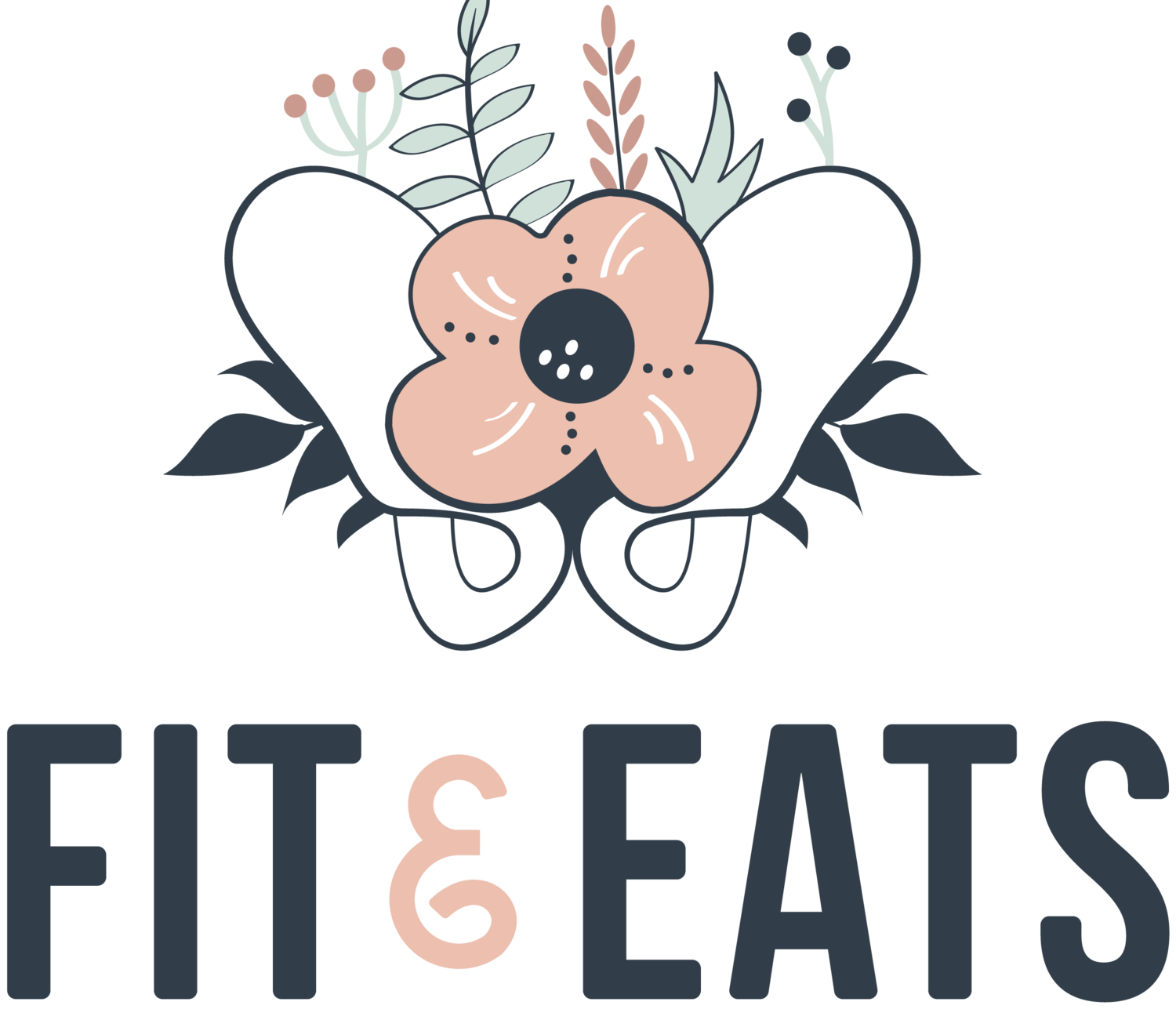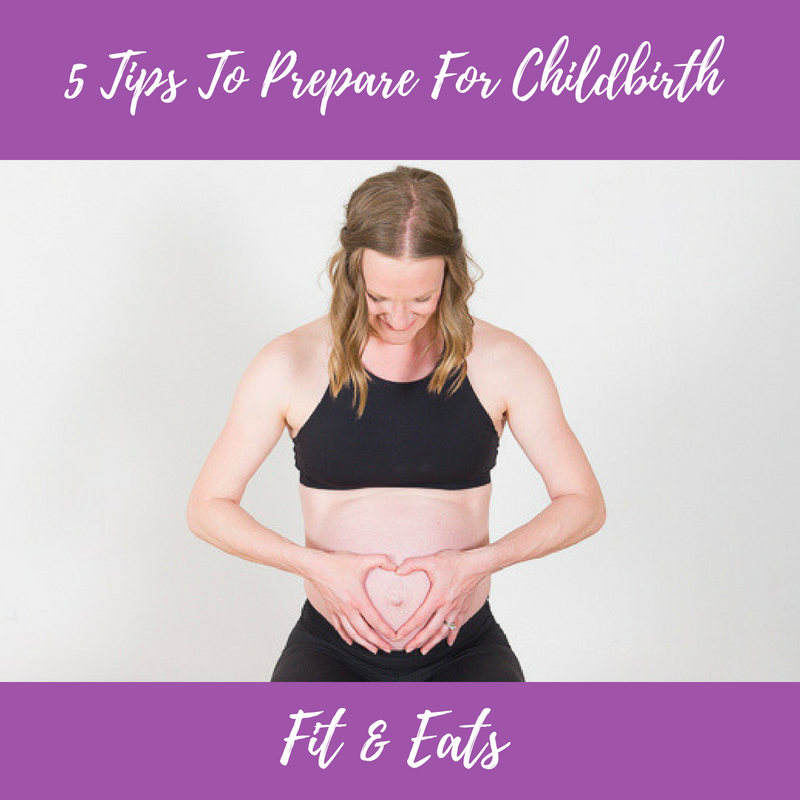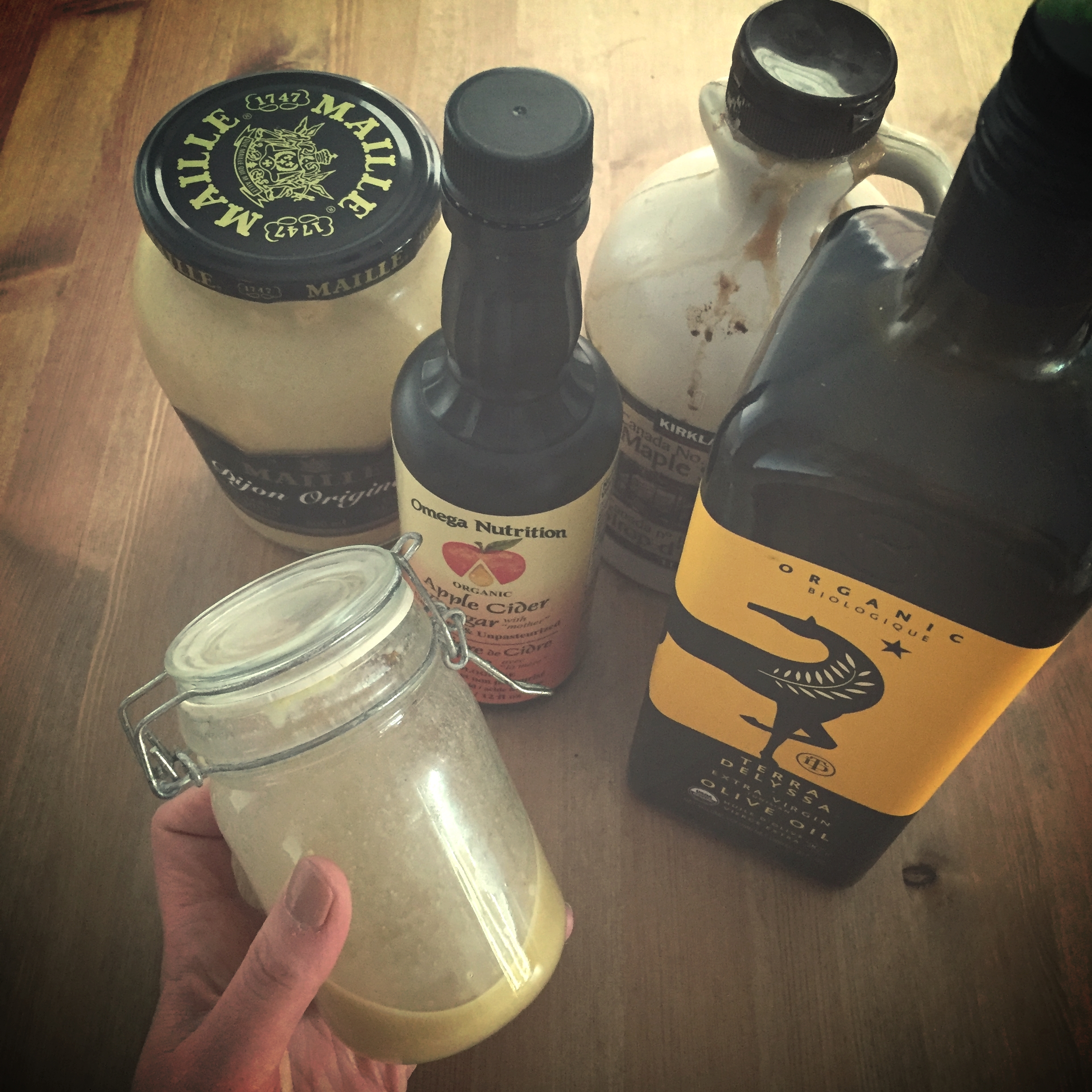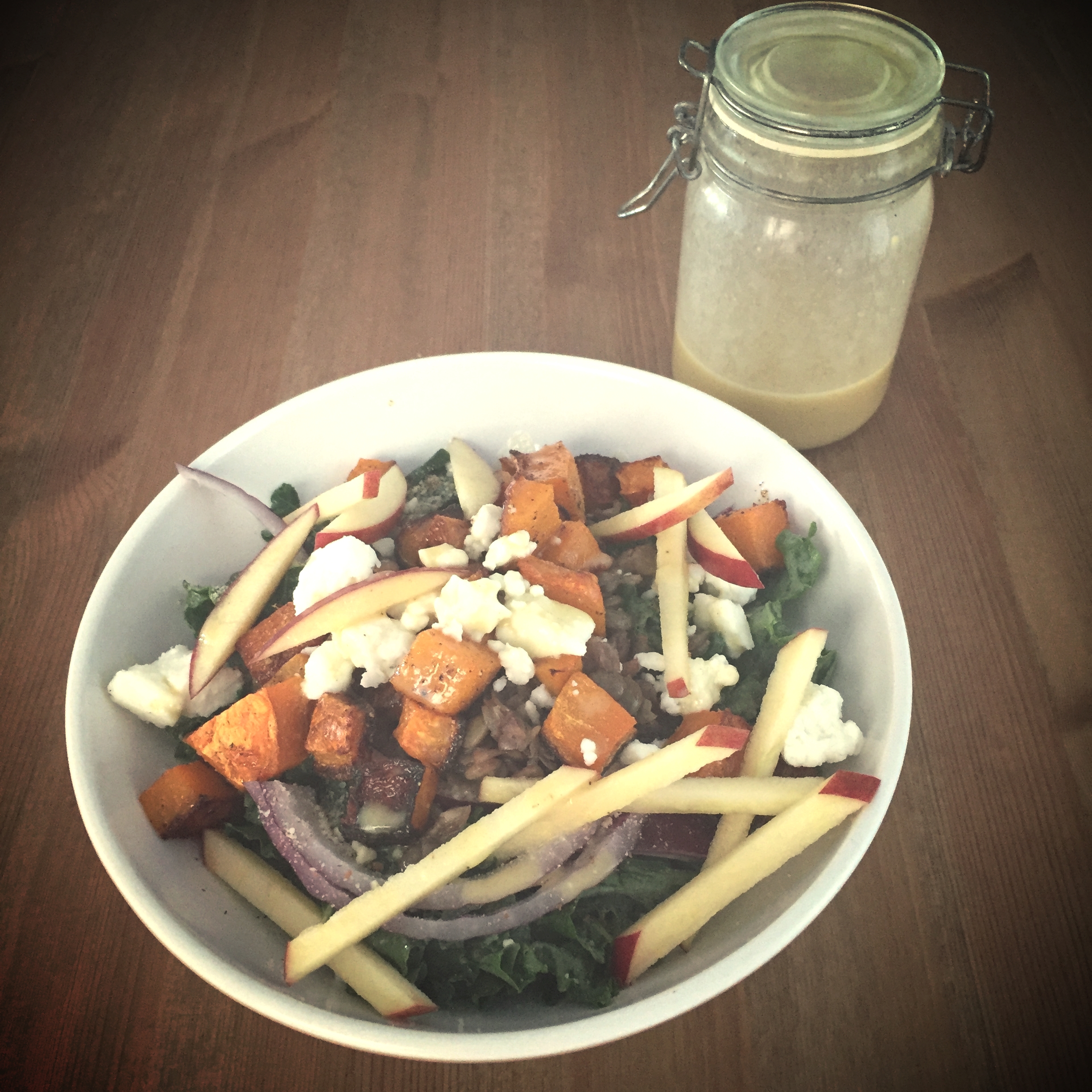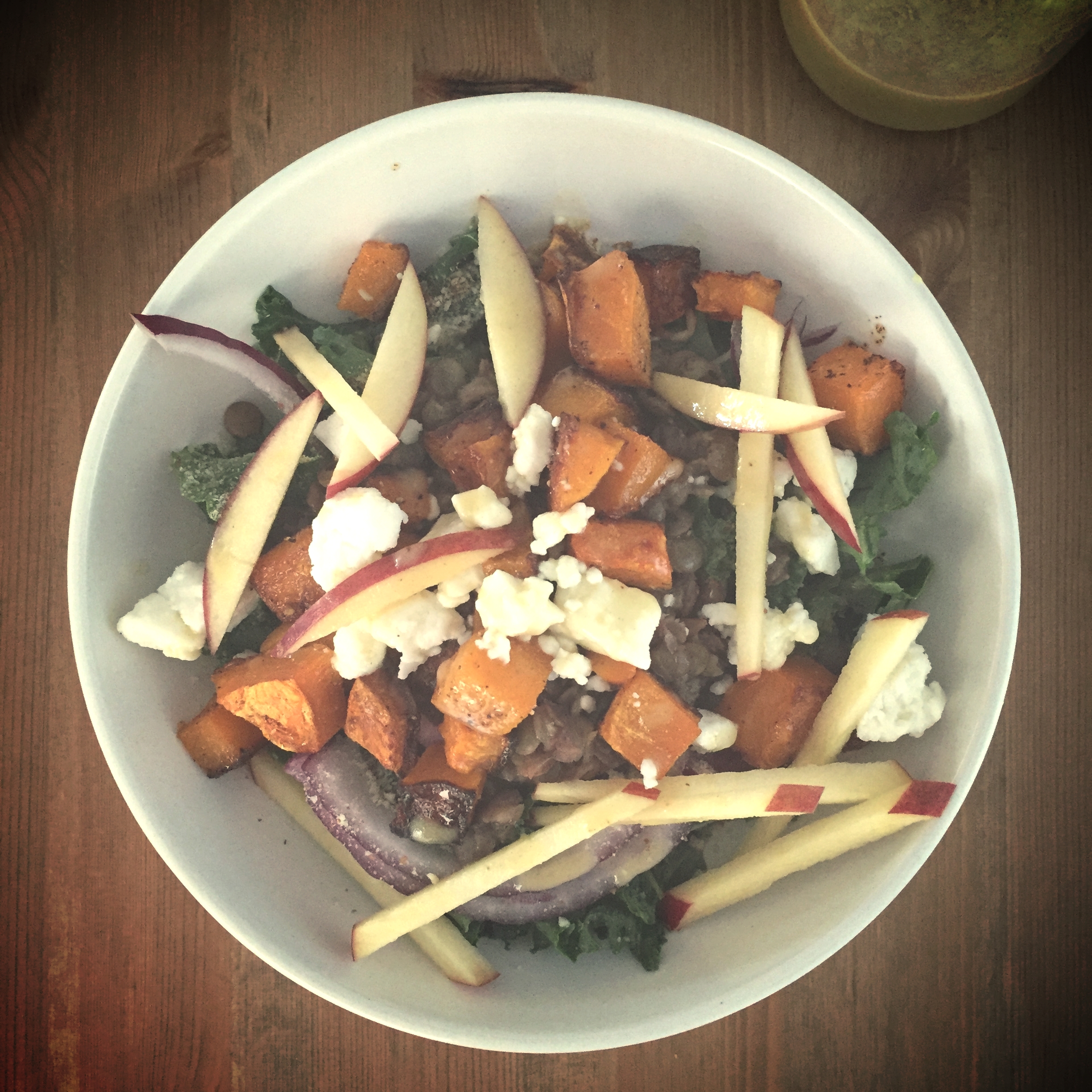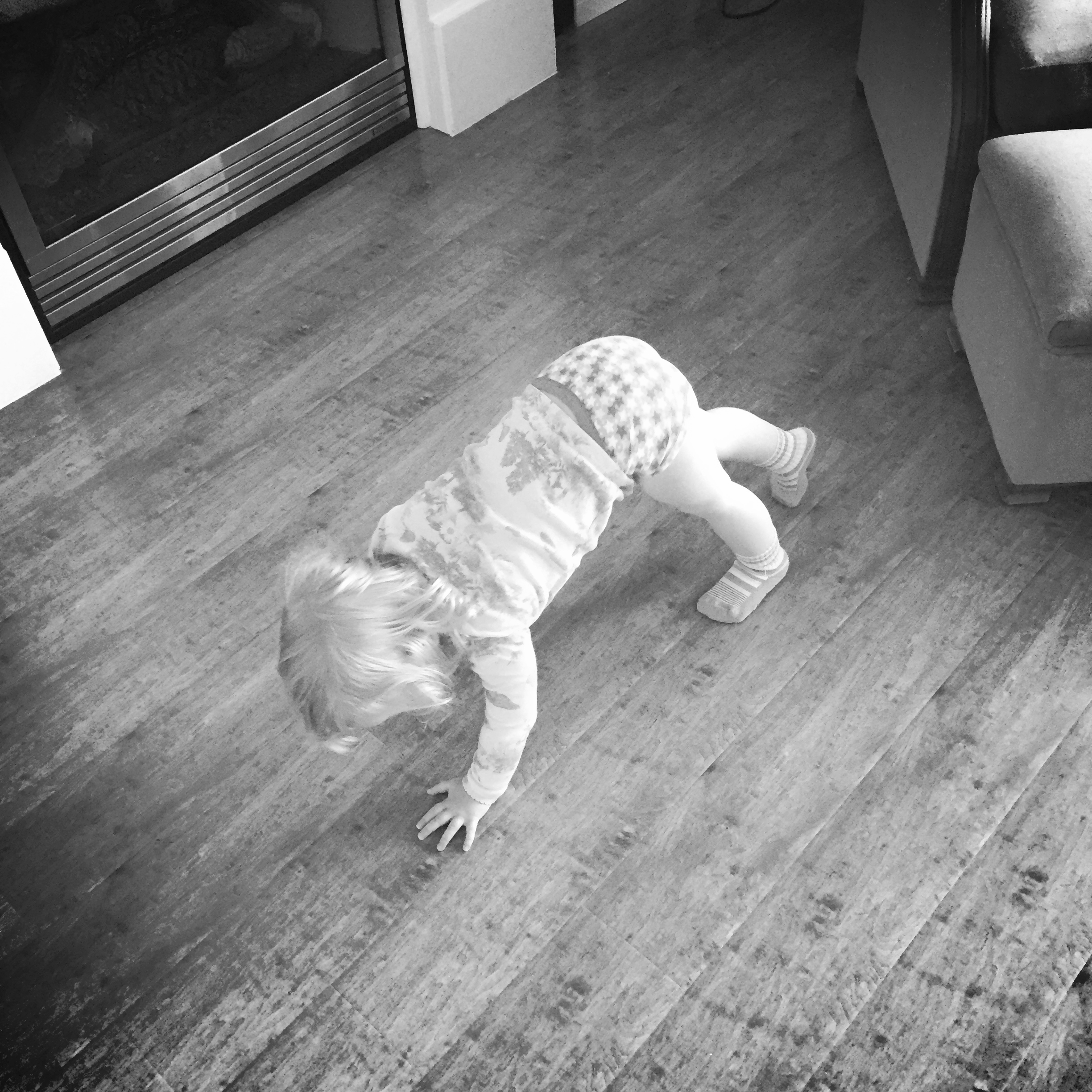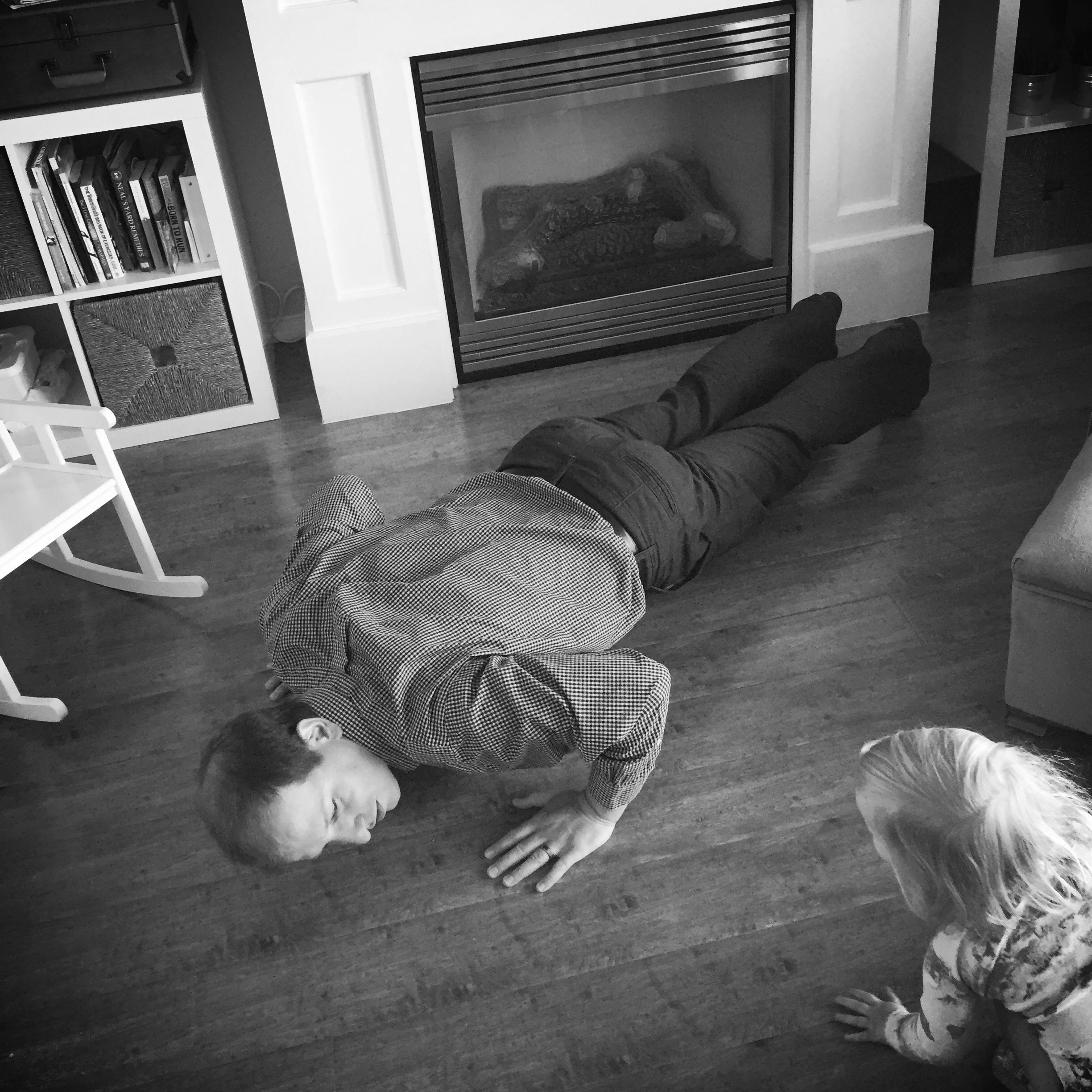As my due date nears, I have been thinking about how I can prepare my mind and body for the birth ahead. Now don’t get me wrong, I have been preparing my whole pregnancy for labor and making sure my body is balanced and functioning at its most optimal level. But with there only being a few weeks left, its crunch time (and I don’t mean doing crunches ;))
There are so many unknown things that lead up to the arrival of a baby but being prepared and OPEN minded is all you can be. With my first born, I was so set in my ways, closed minded and naive…I thought that labor would be easy because I strength trained the whole way through. I thought she would arrive on time and that I would need ZERO interventions. Isn’t that what all first time moms think?? Well this was just not realistic. If you are a first time mom or a second or third etc…don’t make the mistakes I made and prepare BOTH your mind and your body for what essentially is a marathon ahead.
5 Tips to help prepare your body and mind for childbirth (in no particular order)
1. Eliminating fear & positive affirmations
I have been reading the book HypnoBirthing, The Mongan Method since I was around 28 weeks pregnant. It is a great book that covers many topics of pregnancy and childbirth. However, my main take home point is to eliminate the fear that is associated with having a baby and labor itself. There are many fears that can rear their ugly heads when it comes to brining a child into the world. Not only your own fears, but fears or experiences that other mothers have had and feel the need to tell you.
The key is to acknowledge them and then make a plan to eliminate or solve the issue. For myself, it is the fear that my labor will be too quick second time round and I won’t make it to the hospital, that I will need an induction again and that I will tear/worsen my prolapse which I have worked so hard on correcting. These things are out of my control but there are elements that have put my mind at rest. For example, I have a midwife who can come to me and be with me during labor and I can prepare some things to have at home as a 'just in case' scenario.
How I am dealing with it is multi-faceted, but I am mainly using positive affirmations like my baby will come when she is ready, my house is a perfectly safe environment to give birth, my body is capable to handle childbirth.
2. Yoga/stretching
I have since stopped using strength training exercises as my main focus, instead I am focused on lengthening and loosening my muscles. I have been paying particular attention (in and outside of the yoga studio) to hip opening exercises and hip mobility. Here is what I have been doing:-
- Deep squats with hands against the wall
- Deep squats against a stability ball
- Hip circles on the stability ball
- All 4s hip circles
- Wide child’s pose
- Side laying over a stability ball
- Adductor stretches like butterfly or seated straddle
- Figure 4 stretch (seated and reclined but not flat on the floor)
- Standing hamstring stretch (hands pressing against a wall and hinging at 90 degrees from the hips, tail bone pushing up and back)
Hip opening stretches
I Have been aiming to do a little stretch every day for about 10-15 mins, it doesn’t have to be a lot but whatever time you have. Along with this, I focus on my breath. The core breath from Bellies Inc is great however at this point in time there should be a strong focus on the relaxation of the pelvic floor and not contracting it. Almost like you are making you pelvic floor blossom (NOT pressing/bearing down, just letting it relax and soften.) You can also use some trigger point balls (like yoga tune up balls) to help release any tension in your pelvic floor.
3. Perineal massage
Yes that’s right, massaging and stretching the tissue between your vaginal opening and rectum. It isn’t too difficult but it can hurt, it is a great way to help the tissues prepare for the birth ahead. I had never heard of this with my first labor but this time round my midwife gave me a little handout with some instructions and pros for doing the massage. I had also heard about it throughout training I had done for postpartum personal training and podcasts I had listened to. There are a couple of options you can do…but I opted for the FREE version…self massage!! There is also a tool called the Epi-No, however it is rather expensive and out of my budget…the link is HERE to find out more.
The benefit of doing perineal massage is to allow the tissues to stretch slowly over time to prevent tearing or surgical cuts as the baby is birthed. You can start doing massage from about 34-36 weeks pregnant and spent a few mins per day on the massage.
4. Chiropractic adjustments and acupuncture
Throughout my pregnancy I have been seeing a chiropractor at Two River Health here in Guelph Ontario. I truly believe it has saved my body from getting too uncomfortable. I would begin to show mild signs of pubic symphysis dysfunction/diastasis (SPD) and sacroiliac joint discomfort but the pain never got out of control (until now, when baby’s head is nestled right into my pelvis). It is so important to keep your pelvis and spine happy during pregnancy as a happy pelvis leads to a happy delivery!
Not only have I been getting adjustments, but I have just started acupuncture to help with the fear of birth, energy levels, balance and eventually to help bring baby into the world. There are particular points a trained therapist can use to complement other treatments but only if you feel comfortable. You wouldn’t want it to add to the fears you already feel.
5. Massage
Saved the best till last right?? Who doesn’t like a massage?? Now the baby is getting big and putting extra strain on your body, what better reason could there be? Just make sure you find a therapist trained in prenatal massage. Although massage this late in the game cannot really dig deep into the sore points you have, it can still add some relief (especially lower back discomfort or even swollen feet and ankles).
So there you have it, my list of what I am doing to help my body and mind prepare for child birth! If you have any tips be sure to let me know!
